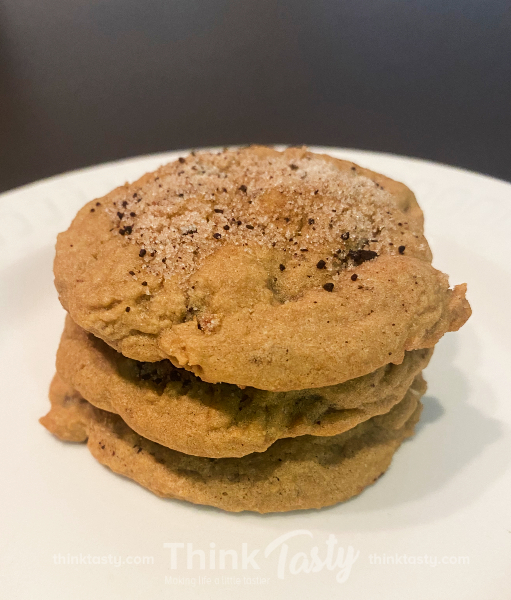 When I make French toast, I usually just dip it into the egg batter quickly and then cook it. However, I have been told that the bread should soak in the egg batter to absorb as much as possible. My question is: How do you make sure that the French toast is thoroughly cooked with that much egg?
When I make French toast, I usually just dip it into the egg batter quickly and then cook it. However, I have been told that the bread should soak in the egg batter to absorb as much as possible. My question is: How do you make sure that the French toast is thoroughly cooked with that much egg?
When I shared this week’s question with my daughter and gave her a quick rundown of the answer, her response was, “So that’s why my French toast comes out so crappy!” So I guess your question puzzles more than some.
Let’s go back to the origins of French toast. In France it’s known as “pain perdu,” or “lost bread,” and it’s a method of using up stale bread that’s too dry to eat by itself. Soaking it in a mixture of milk and eggs returns moisture to the bread, making it edible again. The English call French toast poor knights of Windsor, cream toast, fried toast, and even eggy bread, which is quite apt. Other cultures also use bread that’s past its prime in a similar fashion; in fact, French toast dates back to Roman times.
I know a baker who prided himself on never eating stale bread. It amused me, because there are so many delicious dishes which wouldn’t exist without such a thing. French toast, bread pudding, strata, and bread stuffing for poultry, to name a few, all rely on stale bread. The dry bread soaks up the flavorful custard or liquids, and is transformed into an entirely different dish.
Bread has changed much over the past fifty or so years. What once was baked locally, without preservatives, has morphed into a product which is mass-produced and distributed far and wide. In order to be shelf-stable, modern bread – at least that which is found in grocery stores – contains loads of dough conditioners, mold inhibitors and preservatives. So if this is the bread you’re accustomed to, it will rot before it stales. This “fresh” bread doesn’t make particularly good French toast. It’s too moist, and won’t soak up the custard. The result is mushy, soft bread which doesn’t crisp on the outside. If this is your situation, you may well wonder if in fact the custard is cooked through.
Find a loaf of real bread with no preservatives. Unless you have a local baker, or want to make it yourself, it’s difficult to find a simple loaf like white or whole wheat bread which doesn’t contain them. An exception is a French baguette or an Italian loaf. Once you have the real thing, slice it up, and let it dry out overnight. Next morning, mix up your eggs and milk with a bit of salt, and soak the slices until they won’t absorb any more custard. To test, spear each slice with a fork, and hold it over the bowl until it stops dripping.
Heat the frying pan over medium heat, add a generous dollop of butter, and ease the soaked bread slices into the pan. Fry until the first side is nicely browned, and then flip and brown the second side. If there is any excess custard (there shouldn’t be, but sometimes we’re in a rush), it will pool on the sides of the French toast and cook there. Eat it or trim it off, whichever you prefer. Voilà perfectly cooked French toast.


